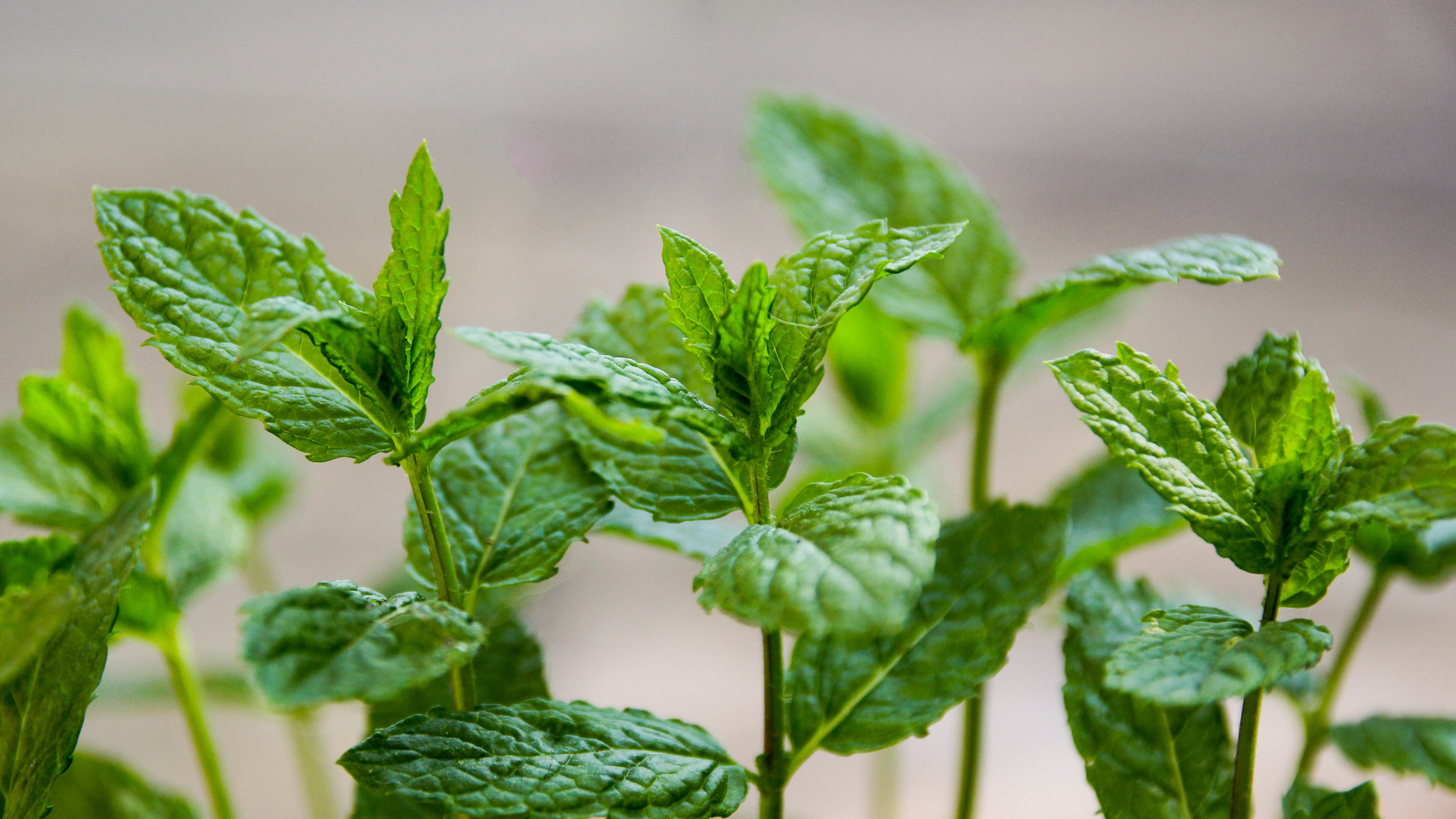Be honest – how many candy canes have you had this holiday season? We won’t judge your answer. According to the National Confectioners Association, about 1.2 billion candy canes are made annually, with 90 percent of those sold between Thanksgiving and Christmas.
But it’s not just around Christmas when we see peppermint, it’s ingrained in our everyday products. Toothpaste (duh), gum, body scrubs, lip balm, candles, coffee creamer, and alcohol. The U.S. of the world’s peppermint, growing in 2021.
Not to say it’s the most popular herb in the country. Hawaii alone produces of fresh basil every year, but you don’t see it being jammed into so many creams, waxes, and booze.��
So the question I have is: Why are we so obsessed with peppermint?
What is Peppermint?
Peppermint is a natural hybrid of spearmint and wild mint and classified underneath the mint umbrella mentha x piperita. The most common naturally occurring compound in peppermint is menthol, an ingredient you might recognize from cigarettes and cough drops.��
Why We Love It
This obsession isn’t new. Ancient Egyptian medical books mention peppermints as a means of curing hiccups, which is surprisingly true. But this herb has many more medicinal properties than that.
For instance, peppermint oil has been studied extensively for the . Evidence suggests that it reduces some digestive issue symptoms, such as abdominal pain and stomach distension. Topically, peppermint oil may be effective in reducing symptoms of .��
The herb’s psychological effects are less commonly talked about. A on peppermint’s psychological effect found that its aroma may lead to improved attention span, memory and alertness. In additional , peppermint was shown to increase calmness in study participants and improve mood.
The scent of peppermint stimulates the olfactory system, allowing the brain to release chemicals to make you feel relaxed. For this reason, peppermint oil is often anxiety and restlessness.��
How Should You Take Peppermint?
While candy canes are delicious, their high levels of sugar and corn syrup don’t make them the healthiest peppermint-flavored product. Instead, consider these options:
Peppermint oil and extract
Peppermint oil is the pure essential oil derived from the herb’s leaves, whereas peppermint extract is a mixture of its essential oils and alcohol. Extract is used in teas and aromatherapy, while the more potent oil is often found in topical creams, oral capsules and baking.��
Peppermint capsules
Those who prefer to consume nutrients in solid form can elect to take peppermint capsules, which contain the herb’s oil in a digestible pill. This method may be preferable for those looking to take a precise amount of peppermint.
Tea
Peppermint tea is warm, tasty to sip on and caffeine-free. The steam that rises from your mug may help clear a stuffy nose if you’re suffering from allergies or a cold and the scent of peppermint may help with relaxing before bed. But fair warning: Too many cups of peppermint tea may lead to frequent trips to the bathroom!
Before incorporating peppermint oil into your routine, consult with your doctor to make sure you’re receiving the proper dose for you personally and that you can do so safely.


